Midwest Region
Regional Offices
Peoples Company - Bloomington
Midwest
Peoples Company - Cascade
Midwest
Peoples Company - Champaign
Midwest
Peoples Company - Clive
Midwest
Peoples Company - DeWitt
Midwest
Peoples Company - Fremont
Midwest
Peoples Company - Independence
Midwest
Peoples Company - Indianola
Midwest
Peoples Company - Kasson
Midwest
Peoples Company - Kearney
Midwest
Peoples Company - Lincoln
Midwest
Peoples Company - Norfolk
Midwest
Peoples Company - Omaha
Midwest
Peoples Company - Oswego
Midwest
Peoples Company - Plainfield
Midwest
Peoples Company - Wapakoneta
Midwest
Peoples Company - Wayne
Midwest
Regional Listings
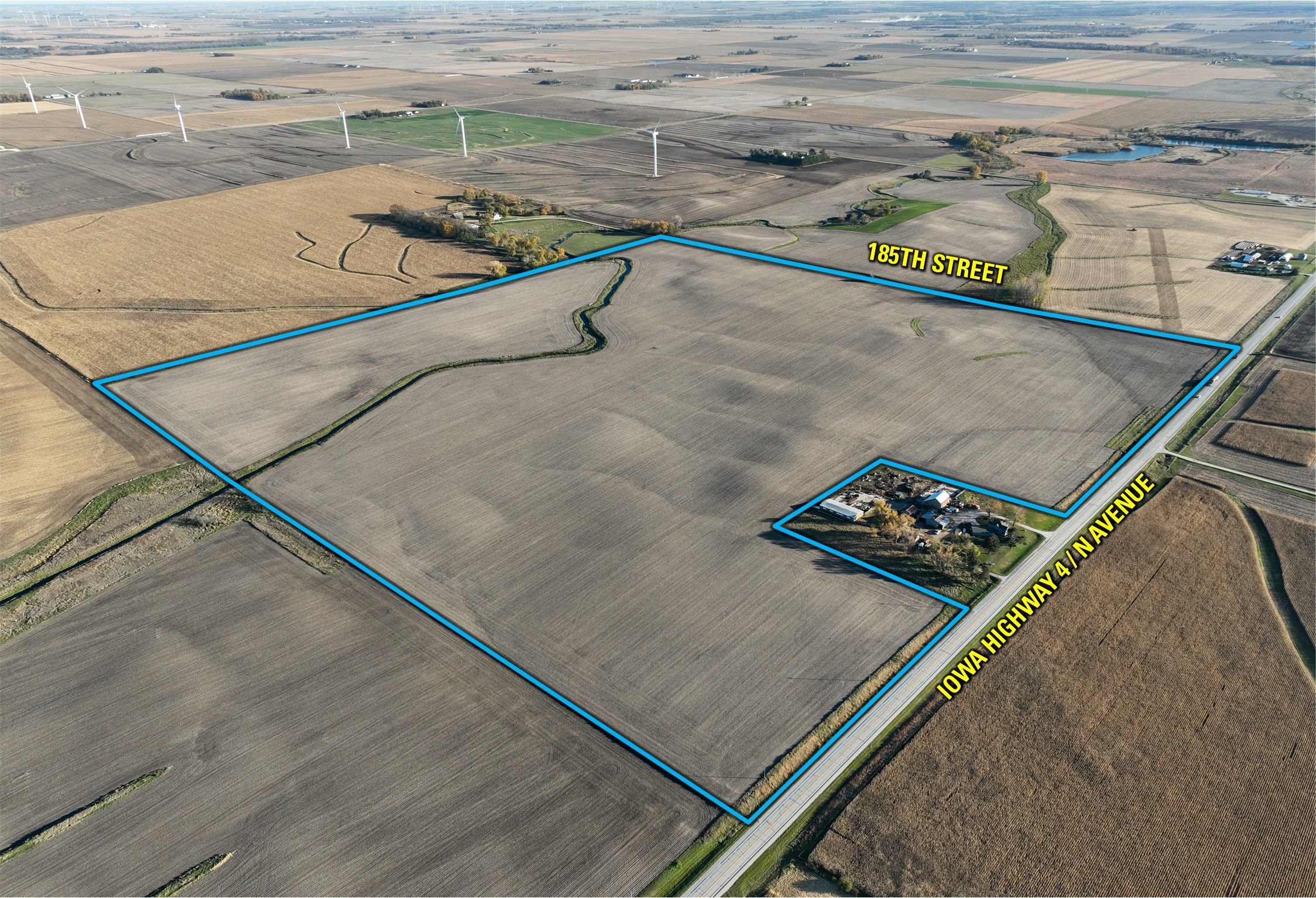
Greene County, IA
Iowa Highway 4/Avenue & 185th Street
Jefferson, IA 50129
High-Quality Greene County, Iowa Farmland for Sale – Peoples Company is proud to present 155 acres m/l of Greene County, Iowa farmland located north of Jefferson, Iowa. The farm is located 4 mi...
ACRES M/L
$11,935 / ACRE
LISTING
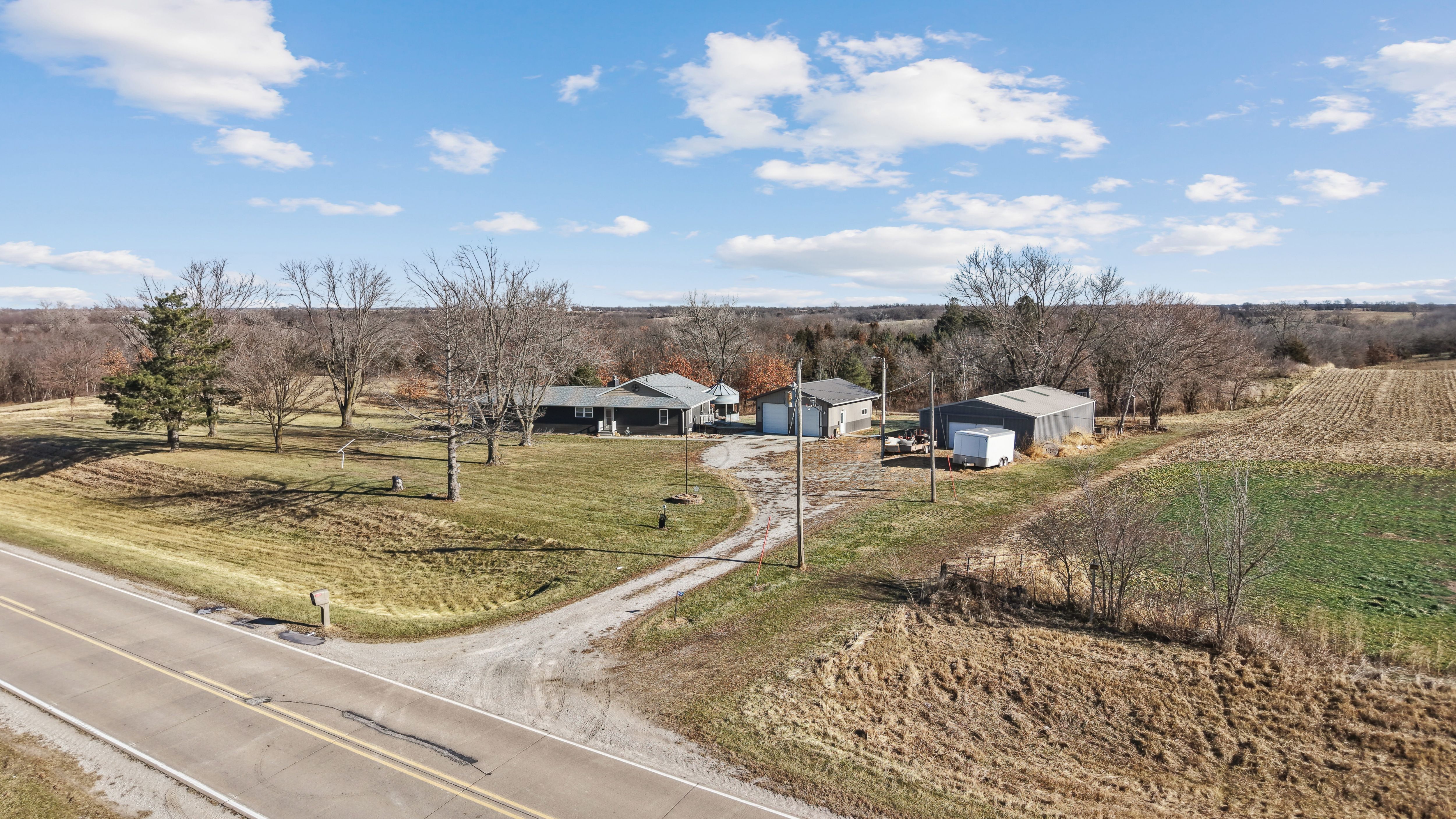
Wayne County, IA
1422 S56 Highway
Promise City, IA 52583
Peoples Company is proud to present this beautifully updated acreage featuring 20 m/l acres along paved County Highway S56, just north of Promise City, Iowa. This versatile property offers a move‑in...
ACRES M/L
LISTING
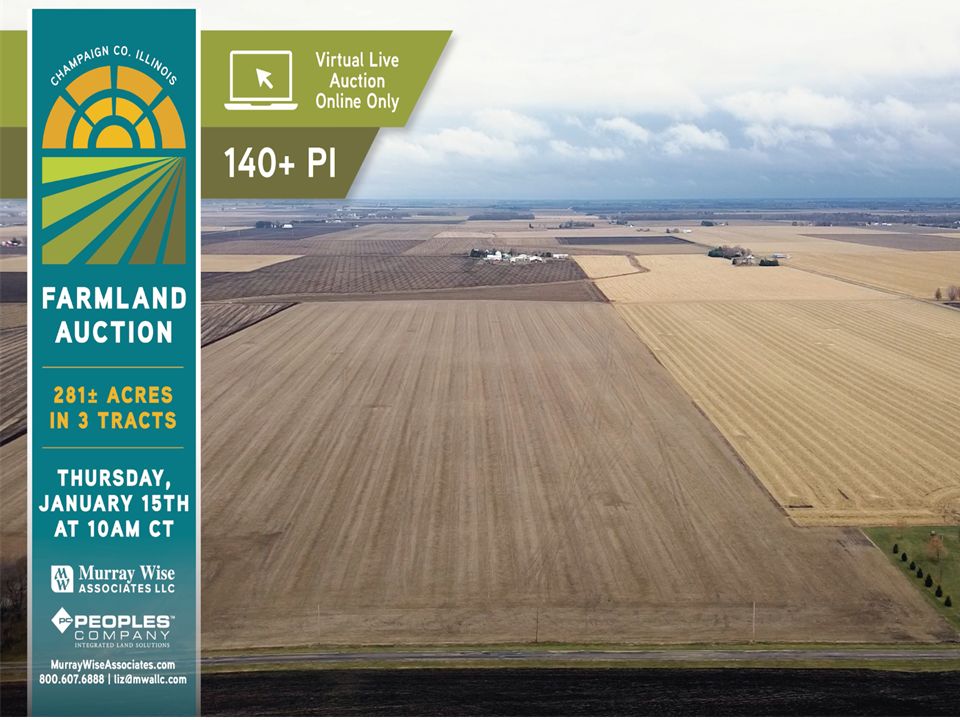
Champaign County, IL
Champaign, Illinois
Champaign, IL 61820
Champaign County, Illinois Online Farmland Auction - Mark your calendar for January 15th, 2026 at 10am CT! Murray Wise Associates, LLC and Peoples Company are pleased to be presenting the sale of a C...
ACRES M/L
AUCTION DATE
LISTING
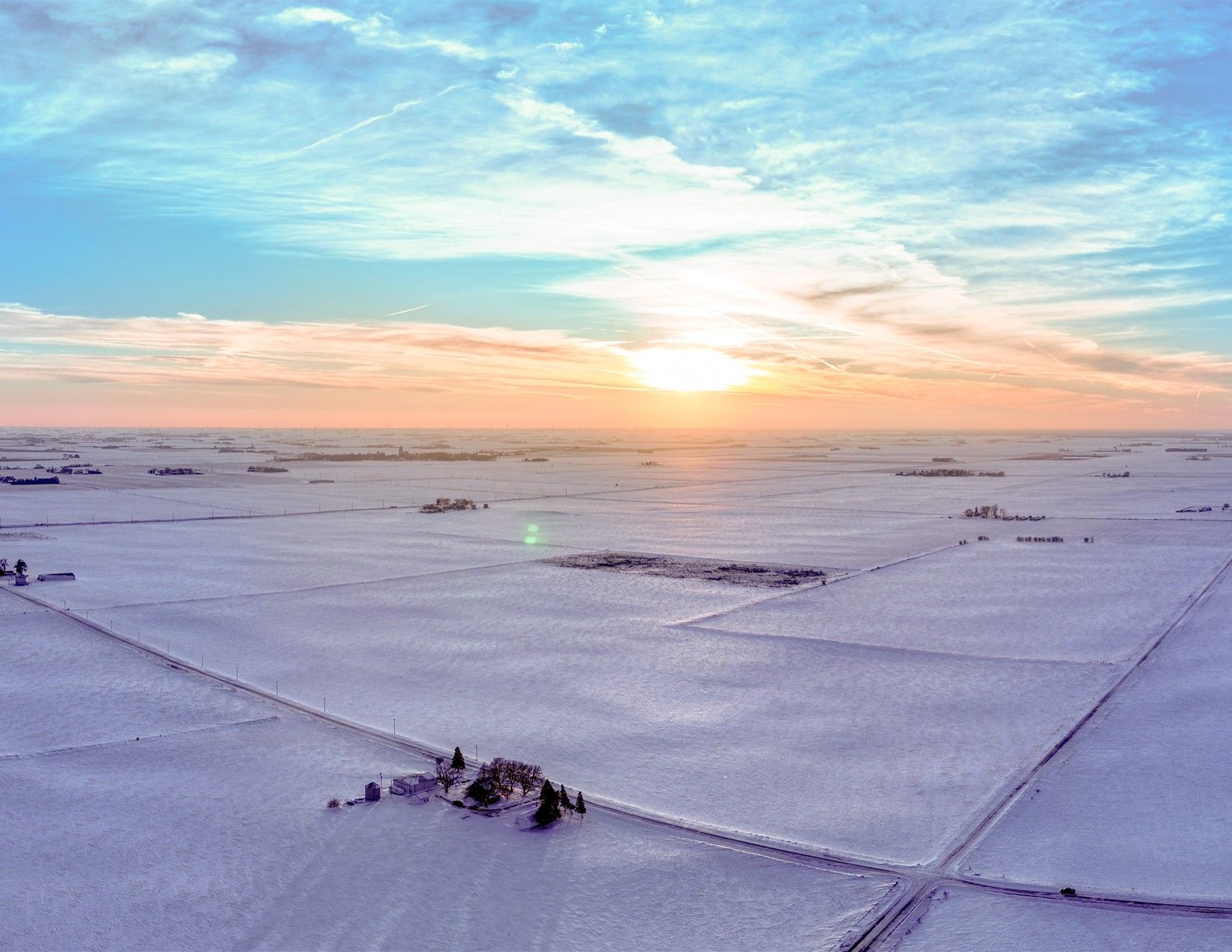
Hamilton County, IA
320th Street & Lakin's Grove Avenue
Stanhope, IA 50246
Hamilton County, Iowa Land Auction – Mark your calendar for Thursday, February 5th, 2026, at 10:00 AM! Peoples Company is pleased to be representing the Clifford L. Johnson Farm in the sale of 120.0...
ACRES M/L
AUCTION DATE
LISTING
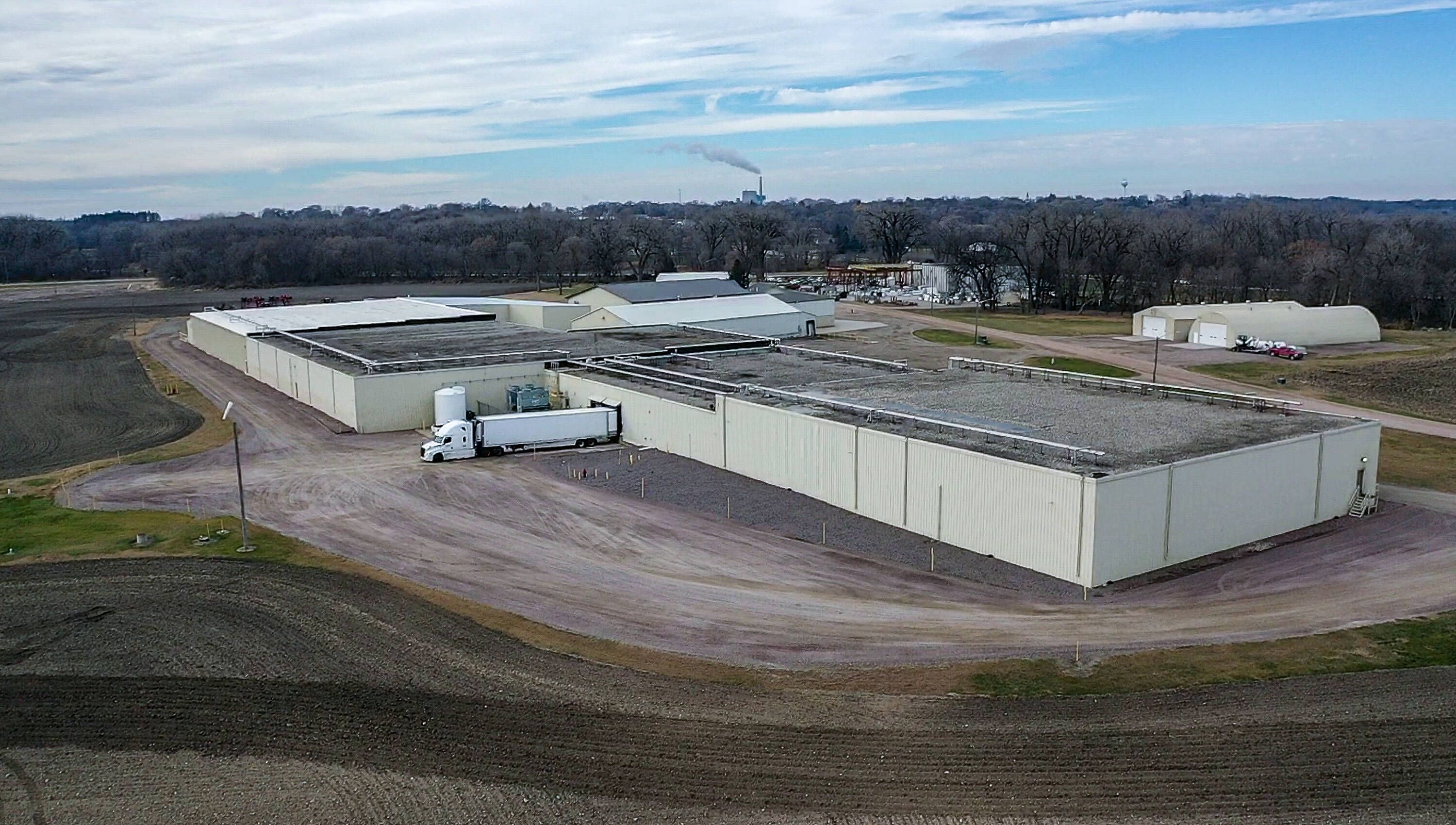
Big Stone County, MN
391 Old Highway 12 W.
Ortonville, MN 56278
Set within a strong agricultural and logistics region, this 94,000 SF refrigerated warehouse offers a dependable, well-built environment for companies that rely on temperature-controlled operations. T...
ACRES M/L
LISTING
.jpg)
Buchanan County, IA
3251 Brandon Diagonal Boulevard
Brandon, IA 52210
Turn-Key Cattle Farm on 78.5 Acres m/l | Brandon, Iowa Peoples Company is honored to offer the Limerock Ranch located at 3251 Brandon Diagonal Blvd., Brandon, IA. This 78.5 acre m/l property offers a ...
ACRES M/L
LISTING
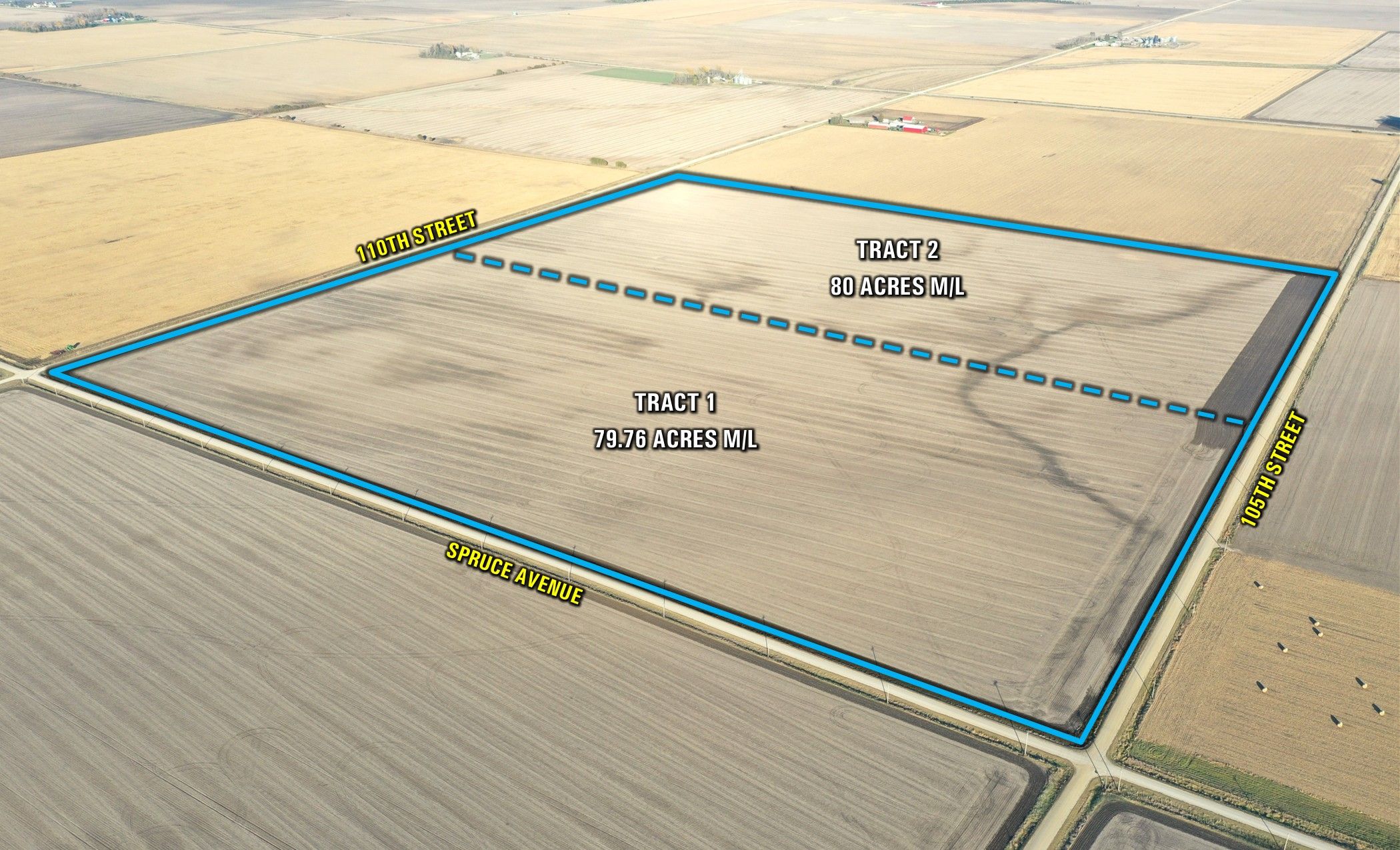
Cerro Gordo County, IA
Dougherty Township
Sheffield, IA 50475
Cerro Gordo County, Iowa Farmland AuctionMark your calendar for Thursday, January 29th, 2026. Peoples Company is pleased to offer 159.76 acres m/l of high-quality farmland located northeast of Sheffie...
ACRES M/L
AUCTION DATE
LISTING

Thurston County, NE
C Avenue
Emerson, NE 68733
SEALED BID AUCTION: Productive 40-Acre Tract in Northeast Nebraska Peoples Company is pleased to present the sale of 40 acres m/l located near Emerson, Nebraska, to be sold via Sealed Bid Auctio...
ACRES M/L
AUCTION DATE
LISTING
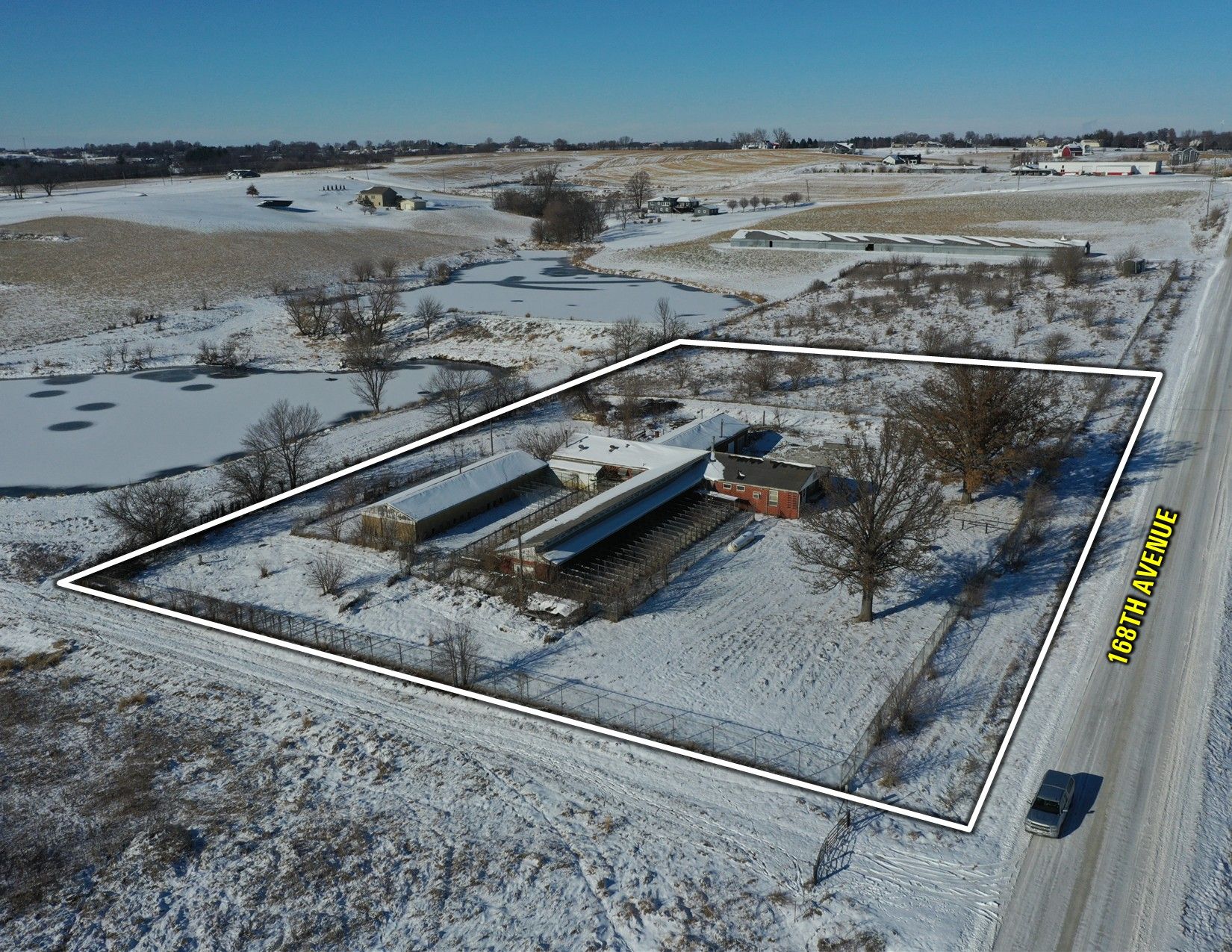
Warren County, IA
12220 168th Avenue
Indianola, IA 50125
Peoples Company is pleased to present this 9,185 sq ft commercial building situated on 2.15 acres M/L located just southeast of Indianola, Iowa. The property is zoned Commercial and sits only 0.2 mile...
ACRES M/L
LISTING
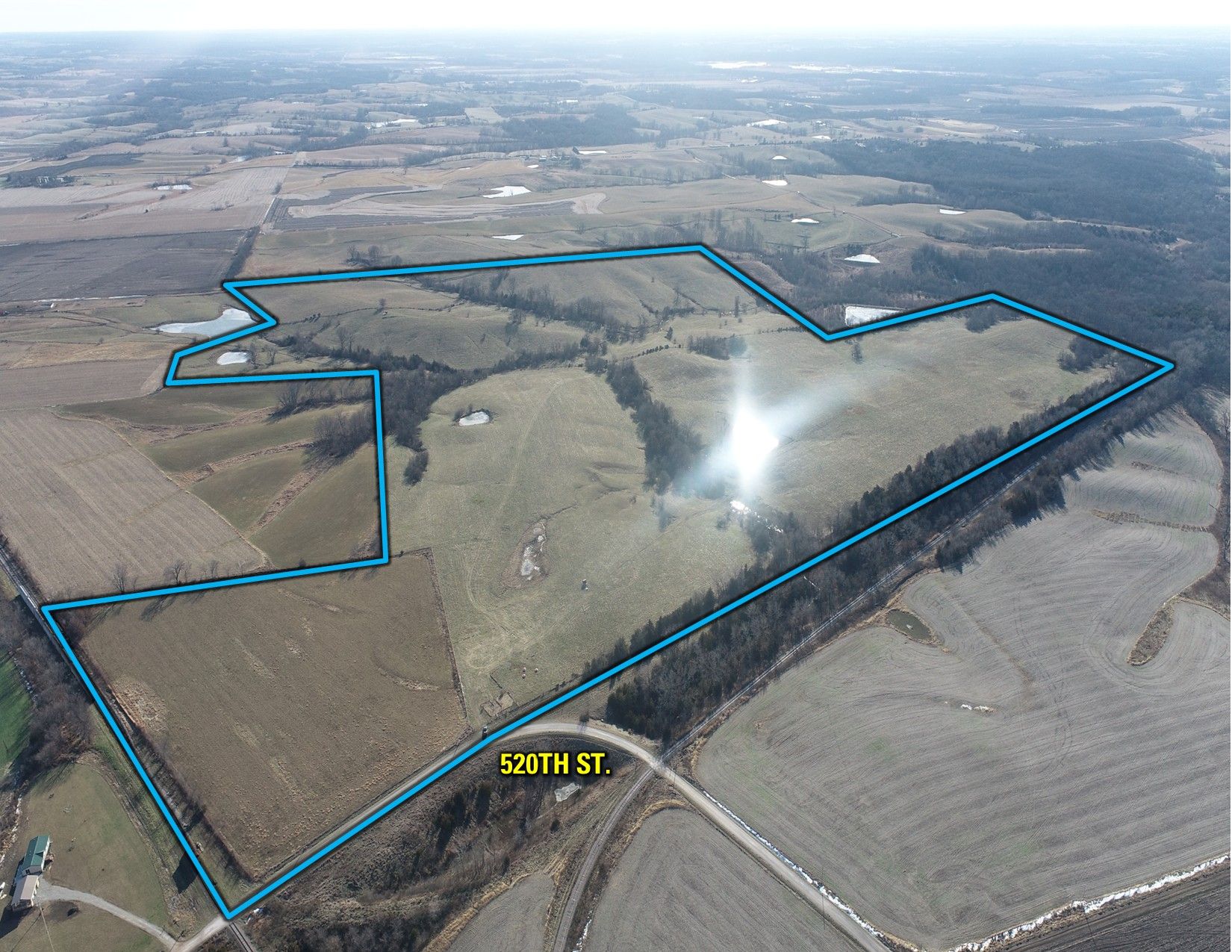
Appanoose County, IA
570th St.
Moulton, IA 52572
Peoples Company is pleased to offer this 200 M/L-acre combination farm featuring highly productive row-crop ground, pasture, hunting land, and potential building sites, located just north of Moulton a...
ACRES M/L
LISTING


